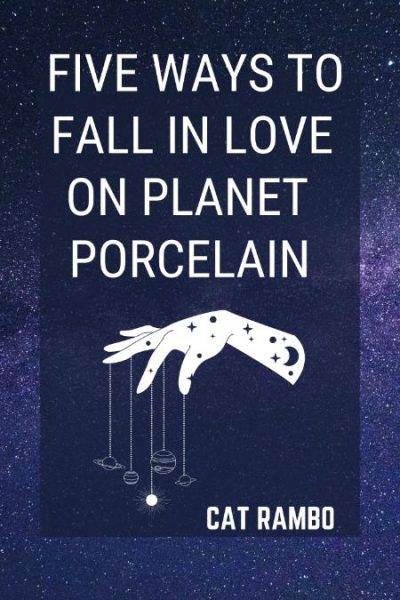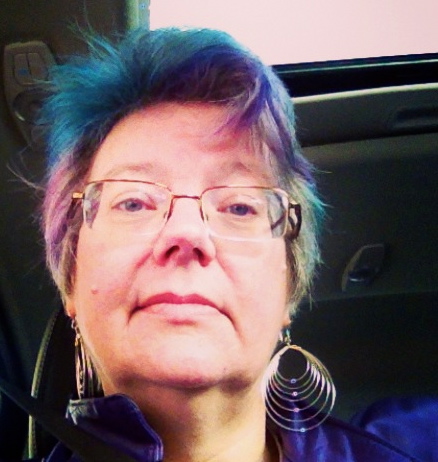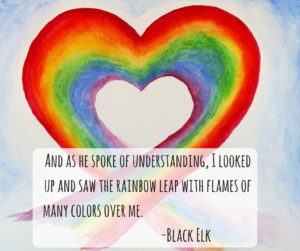Ask many writers what got them to the next level, what separates great writers from good writers, sparkling writing from the merely competent, and they’ll often give the same answer: voice. A voice that stands out, that grabs the reader and yanks them in. The thing that makes an author’s writing completely their own.
Of course, nobody can agree exactly on what “voice” means. I’ve collected a few quotes:
“Voice is the author’s style, the quality that makes his or her writing unique, and which conveys the author’s attitude, personality, and character; or. Voice is the characteristic speech and thought patterns of the narrator of a work of fiction.”
(From a website: The Balance, and the thing that pops up as the definition if you type fiction and voice into Google.)
“What the heck is “voice”? By this, do editors mean “style”? I do not think so. By voice, I think they mean not only a unique way of putting words together, but a unique sensibility, a distinctive way of looking at the world, an outlook that enriches an author’s oeuvre. They want to read an author who is like no other. An original. A standout. A voice.”
(Donald Maas, Writing the Breakout Novel)
“Voice is a word critics often use in discussing narrative. It’s always metaphorical, since what’s written is voiceless. Often it signifies the authenticity of the writing (writing in your own voice; catching the true voice of a kind of person; and so on). I’m using it naively and pragmatically to mean the voice or voices that tell the story, the narrating voice.”
(Ursula K. LeGuin, Steering the Craft)
“I think it is because, in fiction, if you like the person telling you the story””which is to say the voice, not the author””you generally will let them tell you a story.”
(Ta-Nehisi Coates, “What Makes Fiction Good is Mostly the Voice” in The Atlantic)
So, “voice” is the thing that makes us want to read the story. To spend time with the characters and their story. How, then, does one learn to write in a “voice” that makes readers want more?
Nobody’s quite figured that out, near as I can tell. But I can share how I finally started getting a handle on the concept: I wrote fourteen novels about the same character.
Kitty is a werewolf who hosts a talk radio advice show for supernatural creatures. She first appeared in a short story in Weird Tales in 2001. The final novel in her series, Kitty Saves the World, was published in 2015, and this year a collection, Kitty’s Mix-Tape, pulls together short stories set in the world, plus a few brand-new stories. So I’ve been writing this character for more than twenty years. “Voice” was key to getting her right.
Kitty’s identity as a radio DJ was instrumental in her development. In a very early (abandoned) draft, Kitty was passive. Other characters argued while she stood there observing and thinking snarky thoughts. This wasn’t going to work””as clever as her snark seemed at the time, she wasn’t an active participant in what was happening, which is sort of a requirement for the protagonist, yes? (There’s another lesson and blog post there, I think””you’d be surprised how often I tell people in critiques: your protagonist needs to do something.)
So I went back and put quote marks around all those snarky thoughts. She was now saying those snarky things out loud. I realized””she’s a DJ who talks for a living, and would not keep her mouth shut. Of course she would use her outside voice. Suddenly, everyone in that scene turned to look at her. Suddenly, she was the center of attention.
That moment, that simple act of giving Kitty a voice, changed everything. Her chattiness became one of her defining characteristics, and it moved her to the center of the story. Moreover, that simple, mechanical act of characterization had bigger consequences. I had found Kitty’s literal voice””what she says and how she says it. But I had also begun to discover the more esoteric, ephemeral idea of “voice” in writing.
Kitty’s literal voice is powerful and quirky. I had to be able to portray that voice across all the prose, not just dialogue, or the stories would never work. That brash, quirky voice had to infuse the whole narrative.
That’s the lesson: Who is narrating your story, and how is that embodied through the entire work? If the story is first-person point of view about one character, that answer is easy. Close third person, also pretty easy. If you have a more distant narrator, or an omniscient narrator, you still have to answer that question: What is the narrator’s attitude toward the story they’re telling? What tone do you want to convey? Do you want the tone to sound friendly, distant, academic, casual? How will that tone interact with the story being told? How do you want the reader to react?
It all comes down to one thing: How confident are you, the author? Because that narrative voice has to convey that confidence, if you want your reader to trust you and come along for the ride.
I wrote fourteen novels about Kitty, and a couple dozen short stories, and I think I was able to do so because her voice was such an important part of her character I needed to infuse all of the writing with it.
I’ve been able to take that lesson and carry that to the rest of my writing, even with characters who aren’t chatty and outgoing. Four years or so after I started writing the Kitty novels, my short story writing in particular took a leap in quality. I think many writers, myself included at one point, think they have to be formal in their writing. Neutral, even, or dispassionate. In fact, the opposite may be true. Stories should be filled with personality. The personality of the world, the characters. Every word should feel like an actor delivering a monologue to an audience. You’re telling a story, not lecturing.
Thinking about the narrator, and conveying confidence and personality and punch””it’s not just about reading stories, but feeling them. In a sense, every story is a confession to the reader, and voice is what helps the reader feel like they’re part of that story. I’m still reaping the benefits of what Kitty taught me.
 BIO: Carrie Vaughn’s work includes the Philip K. Dick Award winning novel Bannerless, the New York Times Bestselling Kitty Norville urban fantasy series, and over twenty novels and upwards of 100 short stories, two of which have been finalists for the Hugo Award. Her most recent work includes a Kitty spin-off collection, The Immortal Conquistador, and a pair of novellas about Robin Hood’s children, The Ghosts of Sherwood and The Heirs of Locksley. She’s a contributor to the Wild Cards series of shared world superhero books edited by George R. R. Martin and a graduate of the Odyssey Fantasy Writing Workshop. For more about Carrie Vaughn, visit her website.
BIO: Carrie Vaughn’s work includes the Philip K. Dick Award winning novel Bannerless, the New York Times Bestselling Kitty Norville urban fantasy series, and over twenty novels and upwards of 100 short stories, two of which have been finalists for the Hugo Award. Her most recent work includes a Kitty spin-off collection, The Immortal Conquistador, and a pair of novellas about Robin Hood’s children, The Ghosts of Sherwood and The Heirs of Locksley. She’s a contributor to the Wild Cards series of shared world superhero books edited by George R. R. Martin and a graduate of the Odyssey Fantasy Writing Workshop. For more about Carrie Vaughn, visit her website.
If you’re an author or other fantasy and science fiction creative, and want to do a guest blog post, please check out the guest blog post guidelines. Or if you’re looking for community from other F&SF writers, sign up for the Rambo Academy for Wayward Writers Critclub!





 Treading the waters of diversity is tricky because we never want to disrespect the struggles that women, people of color, the LGBTQ community, or others have had to endure. As writers, we often want to include people like this in our stories because their stories are powerful and can make a difference. This sometimes manifests itself as ‘the gay friend’ or ‘the black friend’ or if you’re really batting for a home run ‘the gay black friend’. This character is great for diversity. He shows that those people exist and that we shouldn’t be afraid of them. But over time, if we see the gay black friend over and over it creates a subliminal message that all gay black men behave a certain way, and that can damage the community. I think we should allow those characters to break the mold and keep it to themselves.
Treading the waters of diversity is tricky because we never want to disrespect the struggles that women, people of color, the LGBTQ community, or others have had to endure. As writers, we often want to include people like this in our stories because their stories are powerful and can make a difference. This sometimes manifests itself as ‘the gay friend’ or ‘the black friend’ or if you’re really batting for a home run ‘the gay black friend’. This character is great for diversity. He shows that those people exist and that we shouldn’t be afraid of them. But over time, if we see the gay black friend over and over it creates a subliminal message that all gay black men behave a certain way, and that can damage the community. I think we should allow those characters to break the mold and keep it to themselves.

 As a writer, it’s normal to want to share stories about the diverse and interesting world around you. That can be difficult if you have to write a character with a completely different background and life experience than you. The important thing is to stay away from writing a stereotype or a character that’s unbelievable. To help you, this article will share five helpful suggestions to create excellent and multi-layered LGBT characters.
As a writer, it’s normal to want to share stories about the diverse and interesting world around you. That can be difficult if you have to write a character with a completely different background and life experience than you. The important thing is to stay away from writing a stereotype or a character that’s unbelievable. To help you, this article will share five helpful suggestions to create excellent and multi-layered LGBT characters.  About the Author: Ellie Coverdale, a writer and blogger at
About the Author: Ellie Coverdale, a writer and blogger at 


One Response